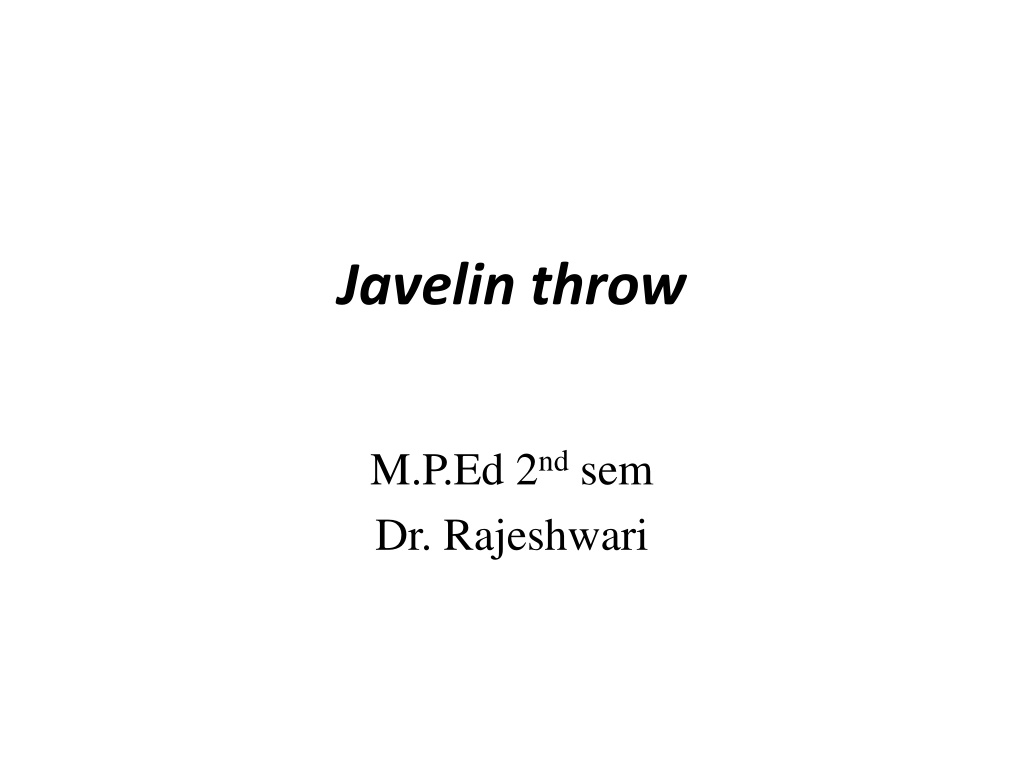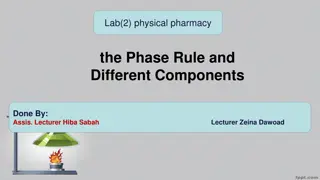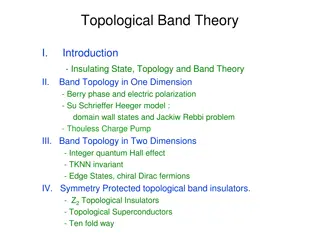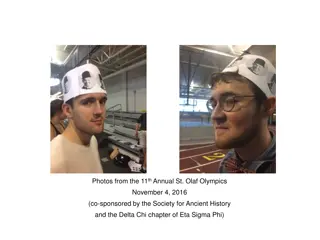Mastering the Javelin Throw: Techniques and Phases Explained
Achieving maximum distance in javelin throw involves balancing speed, technique, and strength. This guide covers essential components for right-handed throwers, including grip, start, carry, withdrawal, approach run, and more. Learn how to optimize each phase to enhance your performance and achieve your javelin throwing goals.
Download Presentation

Please find below an Image/Link to download the presentation.
The content on the website is provided AS IS for your information and personal use only. It may not be sold, licensed, or shared on other websites without obtaining consent from the author. Download presentation by click this link. If you encounter any issues during the download, it is possible that the publisher has removed the file from their server.
E N D
Presentation Transcript
Javelin throw M.P.Ed 2ndsem Dr. Rajeshwari
introduction To achieve maximum distance in the javelin, the athlete will have to balance three components - speed, technique and strength. The information on this page is for a right-handed thrower.
Throwing the javelin comprises of the following phases: Start Carry Withdrawal Transition Pre-delivery stride Delivery Recovery
A strong and stable grip is acquired. The grip must remain firm behind the ledge made by the binding (cord), and the javelin must run down the length of the palm and not across it. The fingers, which are not secured above the binding, must press firmly on the javelin to produce a natural spin at release. The 'V' grip (C) is probably the most efficient for the novice thrower as it emphasizes the supporting role of the palm. Grip 'B' is the one used by most experienced throwers.
Start and Carry The aim is to carry the javelin to allow the muscles of the right shoulder, arm and wrist to relax and also to allow a smooth running action. Stand with right foot forward Carry the javelin above the shoulders or head Right elbow points forward The palm of the right-hand points at the sky to provide a platform for the javelin to sit in Javelin points in the direction of the run-up - point slightly down
Approach Run Experienced throwers will use an approach run of 13 to 17 strides - inexperienced throwers will use fewer strides. Run on the balls of the feet with hips high Free arm to swing more across the body Carrying arm to flex to maintain carry position of the javelin Speed to match the athlete's physical and technical abilities
Withdrawal The aim is to ensure the withdrawal movement does not affect the athlete's momentum. A checkmark can be used to indicate the start of the withdrawal phase that commences with the right foot and lasts for two strides. At the checkmark, the athlete accelerates ahead of the javelin rather than physically pushing the shoulders and javelin back Head remains facing in the direction of the throw Maintain hips at right angles to the direction of running Drive the right leg forwards and upwards to help maintain the correct position of the hips
Transition The aim of the transition phase, also known as the cross-over is to place the right foot ahead of the athlete's centre of gravity to produce the characteristic lean back. This must be achieved by advancing the right foot forward and not by leaning back. The right foot remains close to the ground to maintain forward momentum Right heel contacts with the ground As the right foot is advanced the left foot is advanced ahead of the vertical axis to be in place ready for a quick plant after the right foot has landed - the trunk is inclined backwards at an angle of about 115 to the forward horizontal direction The crossover phase ends when the right foot contacts with the ground and the left leg is forward in the air
Pre-delivery stride The left leg reaches forward Shoulders & hips now in line with the direction of the throw The athlete waits for the ground to come up and meet the left foot Trunk is upright Head facing the direction of the throw Shoulders and javelin parallel Throwing hand above the level of the shoulder
Delivery Following contact of the left foot with the ground, the left side must brace against a thrusting right leg action Right leg drives upwards and forwards bringing the hips at 90 to the direction of the throw The hip thrust is followed with the shoulders and chest turning square to the front and lining up with the hips and bringing the elbow of the throwing arm forward The throwing shoulder is brought over the left leg The left leg should lift as the athlete rides over it and the throwing arm now comes into play Arm strikes fast with the elbow high and close to the midline The release angle (angle between the horizontal and the javelin) for the javelin has to take into consideration aerodynamic lift and drag.
Recovery The left foot remains grounded, and the right leg is brought past it to halt the athlete. The amount of space needed to stop before the scratch line depends on the amount of horizontal momentum. This is typically 1.5 to 2 meters. Adjustment of the checkmark is required to achieve optimum distance on the runway.
Skill Drills Running activities without the Javelin At a steady speed With acceleration Sideways With repeated crossovers Crossovers mixed with normal running Over low obstacles between each stride
Running activities with the Javelin At a steady speed With acceleration With repeated crossovers Crossovers mixed with normal running Over low obstacles between each stride With repeated withdrawals Throwing drills can also be performed using a medicine ballJavelin or sling ball

























